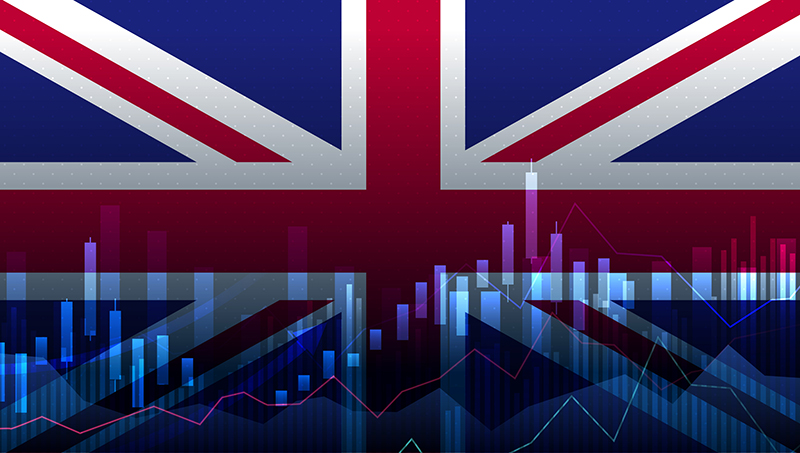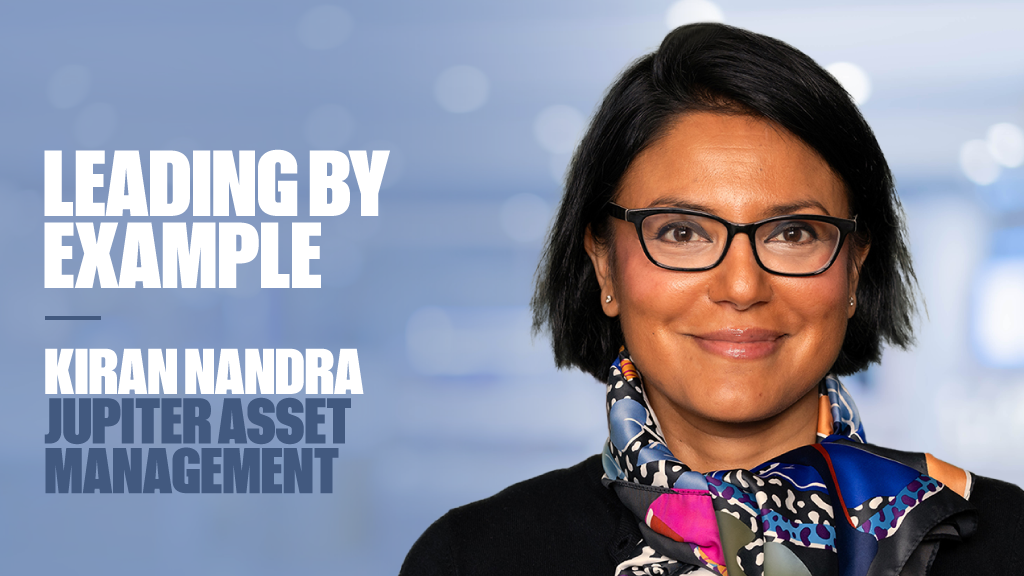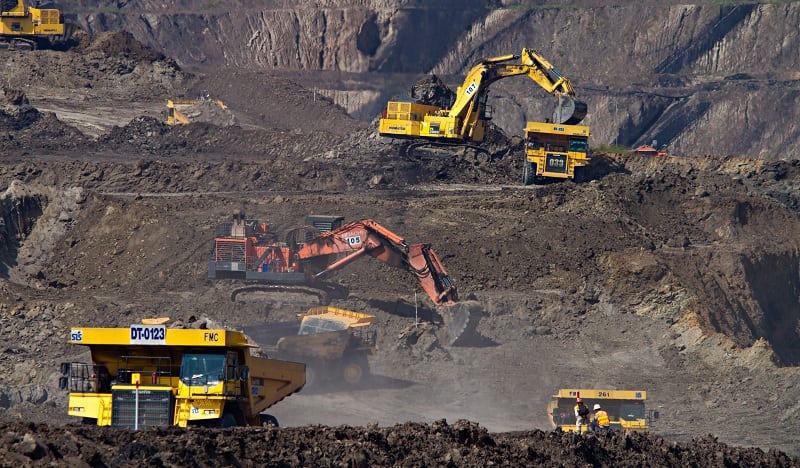By Darius McDermott, managing director of FundCalibre
Gold has hit record highs since the start of the year, but those who held gold mining companies on the assumption that they benefit from its surge have been disappointed. That is, until the last few weeks when share prices have surged. Have investors missed the rally, or is it just getting started?
The gold price has been on a tear, rising from below $2,000 per ounce in February to its current level of $2,300. Its strength has been fuelled by central bank buying, geopolitical unrest and growing risk aversion – all in spite of high yields on bonds (which typically send the gold price lower).
However, gold mining equities have not followed suit. In 2023, the MSCI ACWI Select Gold Miners IMI Index rose just 13.9%, compared to 22.2% for the MSCI ACWI. There were concerns about the impact of inflation on the day-to-day running costs of mining companies, particularly the rising cost of labour and diesel fuel.
That all changed recently. Over the past three months, the Gold Miners index is up an astonishing 34.9% against a return of 3.9% from the broader index. Fund managers believe this rally might only just be getting started, with valuations for many companies still at relatively low levels, and the companies themselves in good health.
But it is not just gold miners – gold typically leads the way for other precious metals, such as platinum and silver.
Consolidation across gold mining companies and the precious metals sector as a whole has also supported prices. In 2023, Newmont Corporation successfully acquire Australian-listed Newcrest Mining to create the world’s largest gold producer.
Likewise, Rio Tinto is in the process of bidding for Anglo American, which is the world’s largest producer of platinum – accounting for around 40% of world output – as well as being a major producer of diamonds, copper and nickel. Many fund managers believe there is more consolidation to come in the sector.
George Cheveley, manager on the Ninety One Global Gold fund, believes this strength can continue if the gold price remains in its current trading range.
“Equity valuations look compelling as cashflows appear set to jump after the latest rises,” he said. “In a rising price environment, the companies tend to outperform. While this did not happen in 2022 or 2023 due to inflationary pressures on costs and the overhang from the pandemic, we see signs of these abating.
“We are seeing a number of companies with good growth, which should also see lower production costs per ounce. So, improving costs and increased merger and acquisition activity should result in the equities of gold companies outperforming a rising gold price overall.”
Cheveley is encouraged by the recent moves in gold mining companies, which he believes are more in line with the performance in recent cycles.
See also: High net worth voters back Labour despite private school tax
The managers of the BlackRock World Mining trust also increased their exposure to gold producers in 2023 given the improved gold price outlook.
Co-manager Olivia Markham said: “We have maintained our strategy of focusing on high quality producers which have an attractive operating margin and solid production profile and resource base.
“Typically, gold royalty companies offer a higher quality and lower risk exposure to gold as they do not face operating and capital cost inflation.”
Gold miners are also drawing the interest of global fund managers. Alec Cutler, manager of the Orbis Global Balanced fund, holds around 6% of the portfolio in gold, with around 4% in gold mining shares, including Barrick Gold and Newmont. This also gives him some copper exposure.
“When you mine for gold, copper pops out and that looks like a good place to be for the longer-term,” Cutler said. “The miners have been weak because they’ve been whacked by inflation. Their costs were going up because of Covid restrictions, which hit productivity, but that’s reversing.
“Their second biggest cost is diesel fuel and the price of diesel fuel went up, but that’s reversing too. Now the price of gold and copper are marching higher, so these companies are seeing positive margins.”
Ned Naylor-Leyland, manager of the Jupiter Gold & Silver fund, argues for the inclusion of some silver exposure as well. The silver price has outpaced the gold price since February, rising almost 40%.
He believes this may continue, stating: “Silver benefits from monetary and industrial demand, as well as being historically undervalued (still 45% below its high from 2011). Silver has a long track record of outperforming gold when there is increased flow and participation in the asset class.”
Mining companies have also been through an important sustainability transition. Mining can be a grubby business, and companies have had to make capital investments to improve their carbon and pollution metrics.
Cutler believes this spending is now largely behind them, while also creating higher barriers to entry for new mines. This is likely to limit supply.
A final point is that if precious metals companies start to see improving cash flow, they may look to return money to shareholders through dividends and buybacks, or to buy their peers. This could be supportive of share prices across the sector.
A rally from the gold mining companies is a normal response to a rise in the gold price, and it looks as if this is finally starting to happen. It is always possible that this nascent strength could be derailed by weakness in precious metals prices, though it is difficult to see a thawing of geopolitical tensions, or risk aversion disappearing in the short-term.
In the meantime, valuations still leave plenty of wiggle room for mining companies to make progress.
See also: Labour drops plans to reintroduce lifetime allowance










